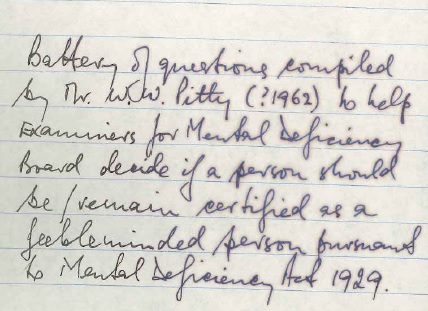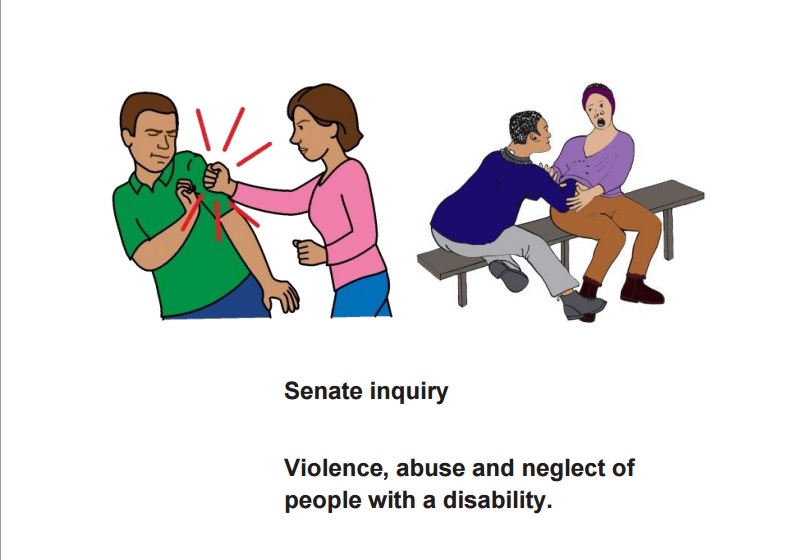Electro Convulsive Therapy ECT is a practice which has a long history at Willow Court and throughout Mental Health Services for many years. It’s use has been therapeutically beneficial for many patients and contriversial for others.
The use of electricity for therapy has been recorded throught history, with evidence being about in England since 1814, France in 1755 and even the use of electric catfish in the sixteenth century. These earlier recording was used to remove “evil spirits” and the later, was recorded treatments for psychogenic blindness. Finally in 1814 electricity was used for depression in England, however none of these treatments induced convultions as we know the modern ECT treatment does today.
It also has been used as an experimental device and also some record of miss use as a punishment method to treat patients that were diagnosed with “mania” or ” being “difficult”.
Lawrence Edward Cullen, in writting about his memories of working at the hospital at New Norfolk from 1936 til 1978 recorded that the first use of ECT was “approximately 1937”. However this maybe an incorrect recording of the history of the treatment at the hospital because the treatment wasn’t presented until 1938 by the inventors, Ugo Cerletti and Lucio Bini at a Swiss conference.
“It was at this meeting (1938) that Bini presented the first report on the use of electricity to induce seizures. Two reports were read. Accornero and Bini reviewed the experiences with insulin coma in Rome, and Bini described his first experiments to induce epileptic attacks in dogs using electric currents. These descriptions were the first public discussions of what was to become electro shock therapy”. (Norman S Ender, PHD The Origins of Electro Convulsive Therapy ECT)
Lawrence Cullen however did tell us that the first recording of the therapy was in the sick ward (or B Ward) and was administered by Doctor Isobel Williams who joined the hospital staff in 1938, and the patient was known as Charles S. “Charles became apprehensive about the treatment and even when the doctor was ready to carry on the treatment, would jump out the window into the airing court of the ward in his under clothes”. He goes on to report that, “after a course of treatment he was discharged and went back to the mainland”.
Raymond P., another patient “would admit that he was frightened of ECT but would readily submit himself for a course because he felt the derived benifit from it”.
But electricity was used long before this time as Doctor Gavin Crabb records in his rare book, the history of Lachlan Park Hospital. There were records that indicated the use of electricity for theraptic use as early as 1851 and disappeared from the records by 1876. The picture below is of the machine that was found in the upper floor of the Barracks building. This is the device Doctor Crabb believes was in use during that time.
“It was used here (Willow Court) quite frequently , and the results were almost exactly the same as we get with ECT”. Crabb tells us who would have received this treatment, “patients who had scarcely moved or spoken for a long time, who refused to eat, were impulsive or showed other signs pointing to schizophrenia or depression.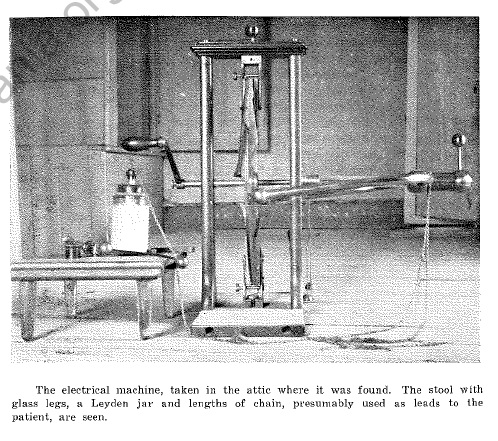
This picture was of a machine found in the attic of the Barracks pre 1955 and is recorded in the book “The History of Lachlan Park”.
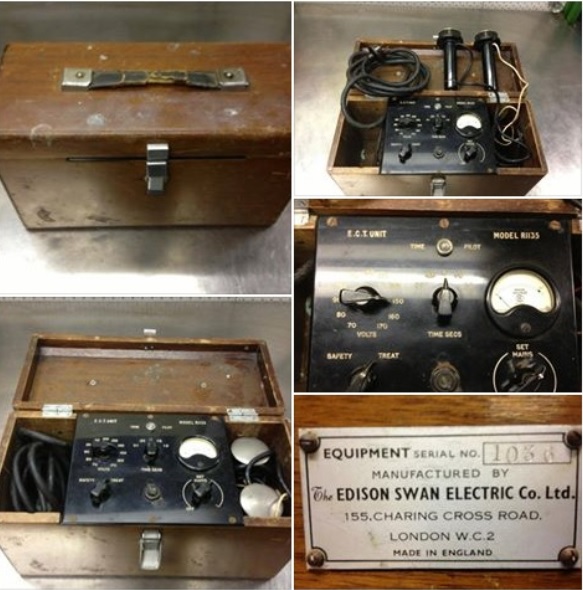
This Machine is currently in the hands of a person who is a collector of artifacts on Willow Court and is reported as being from Willow Court.
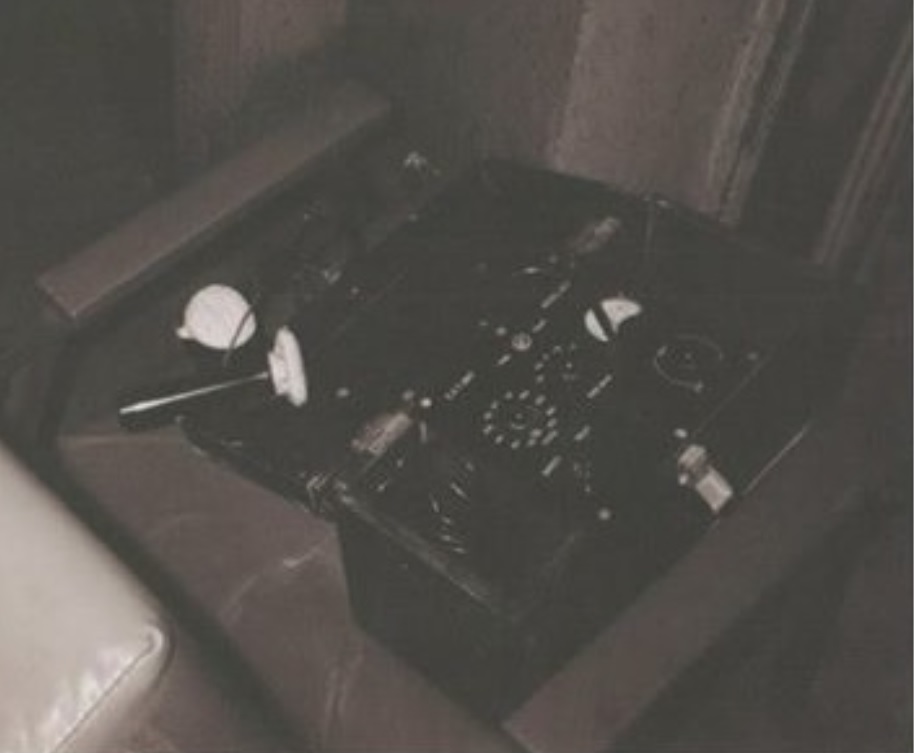
This machine is also reported as being from Willow Court and is also held in private hands.
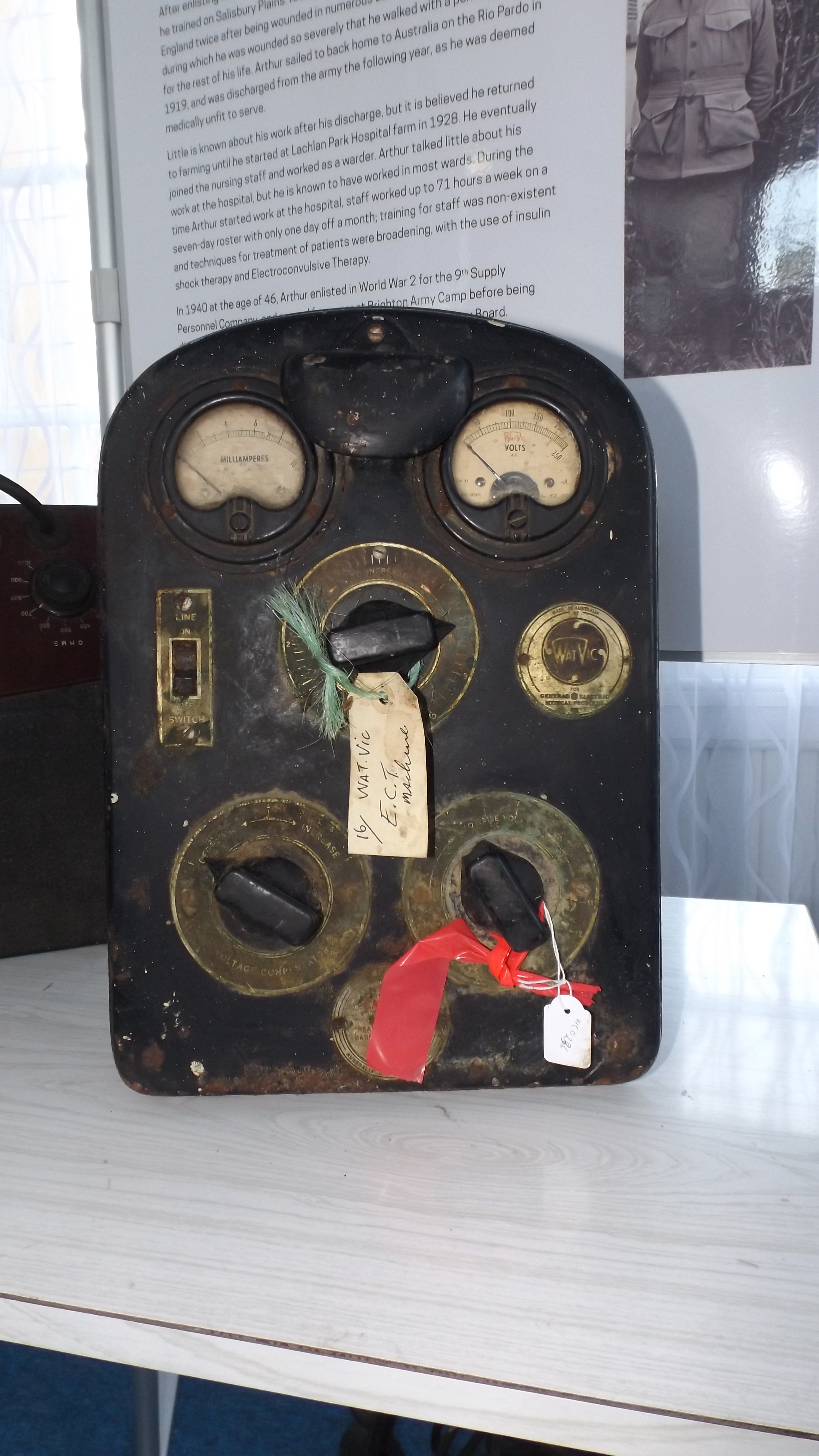
This machine is recorded on the log of assets held by the Derwent Valley Council on behalf of the people of Tasmania.

This machine is also recorded on the log of assets held by the Derwent Valley Council on behalf of the people of Tasmania.



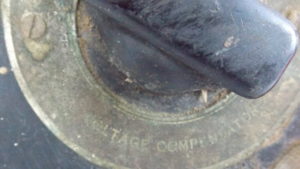

 The Friends of Willow Court are members of Oral History Tasmania and have been part of the recording history project that the Willow Court History Group have been a part of for the past 3 years. We have accumulated many hours of podcasts across of broad spectrum of the history at Willow Court, Royal Derwent Hospital and Lachlan Park Hospital.
The Friends of Willow Court are members of Oral History Tasmania and have been part of the recording history project that the Willow Court History Group have been a part of for the past 3 years. We have accumulated many hours of podcasts across of broad spectrum of the history at Willow Court, Royal Derwent Hospital and Lachlan Park Hospital.









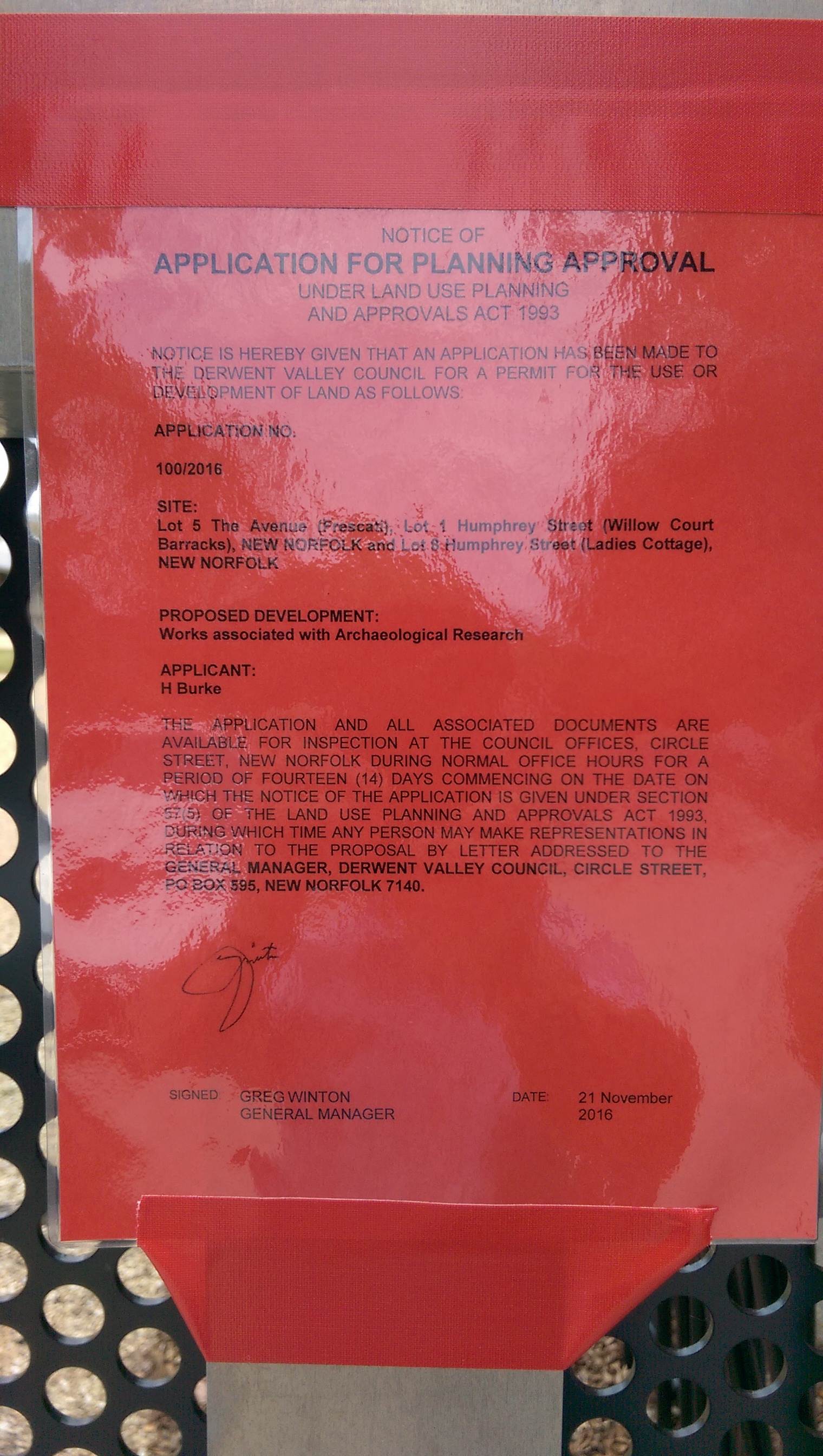
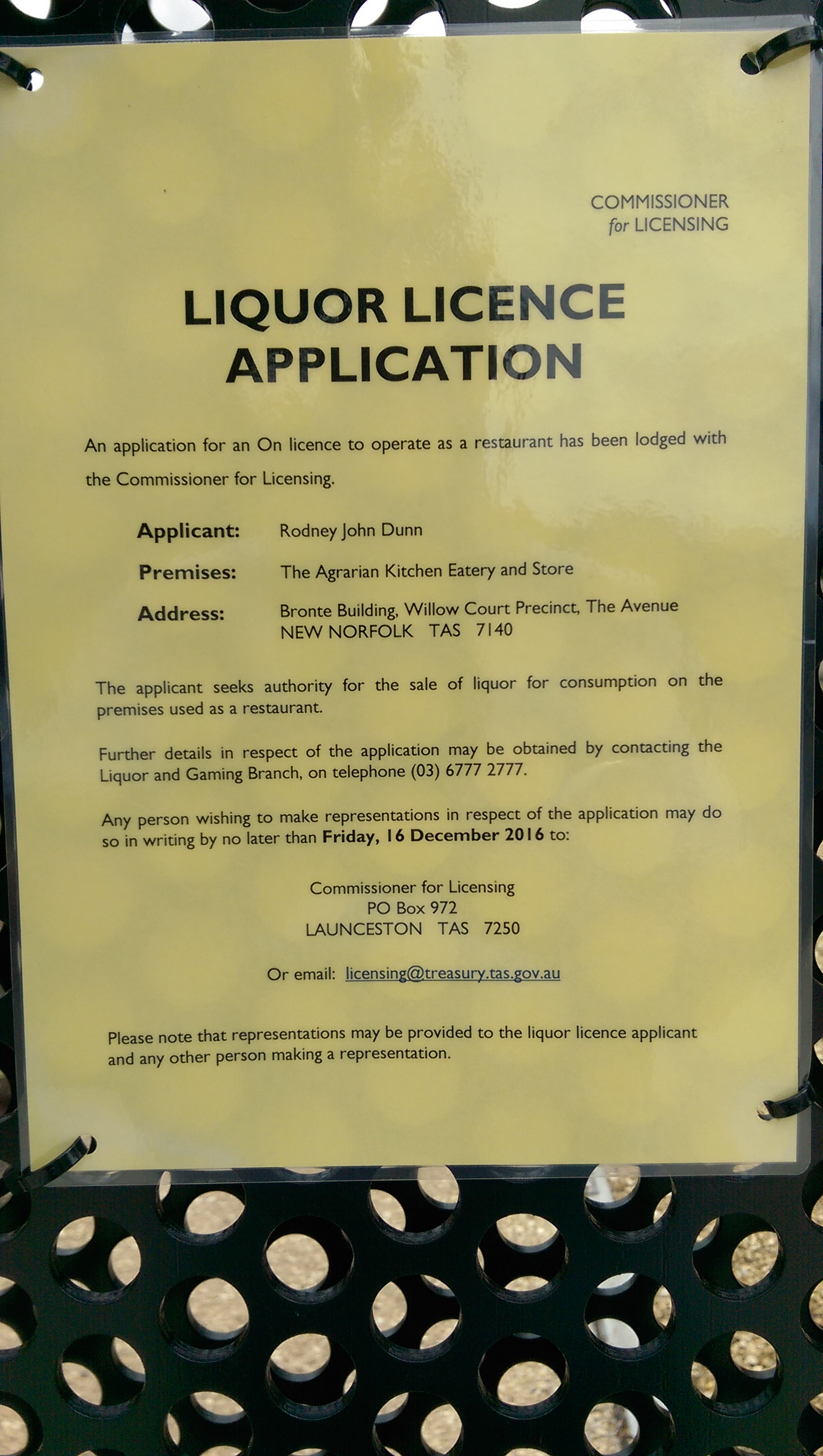
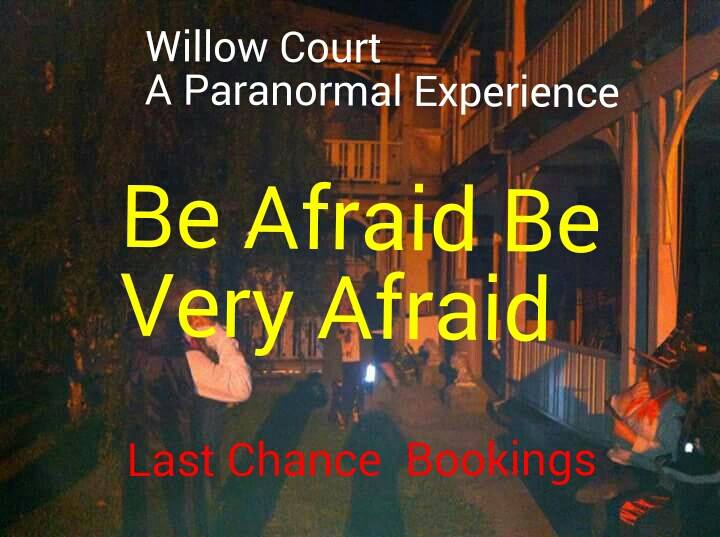
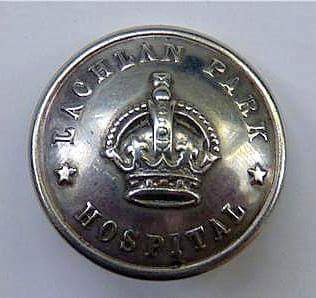
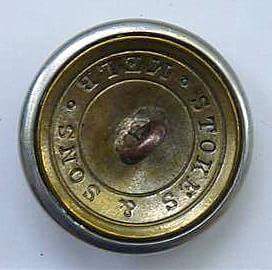

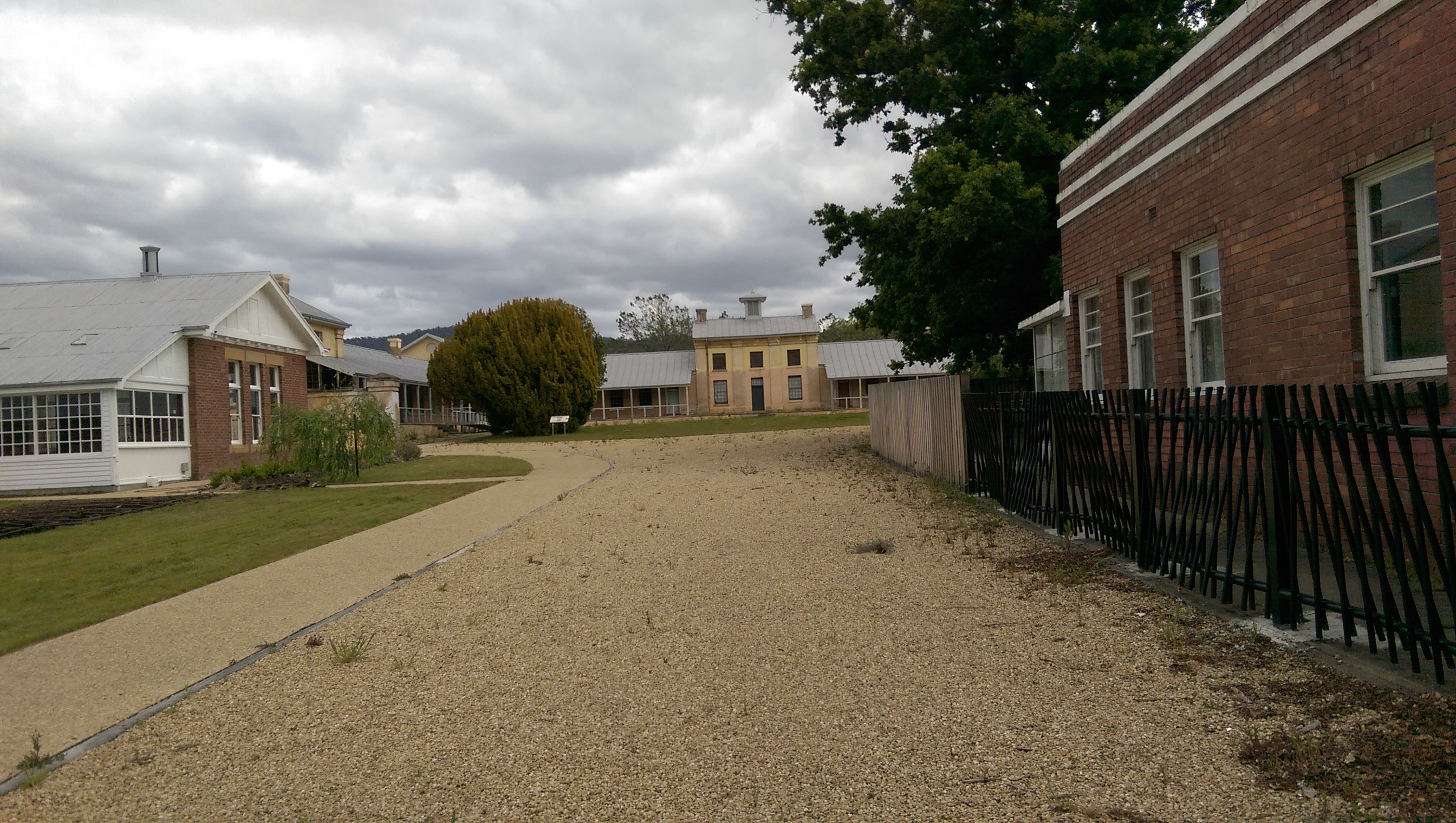
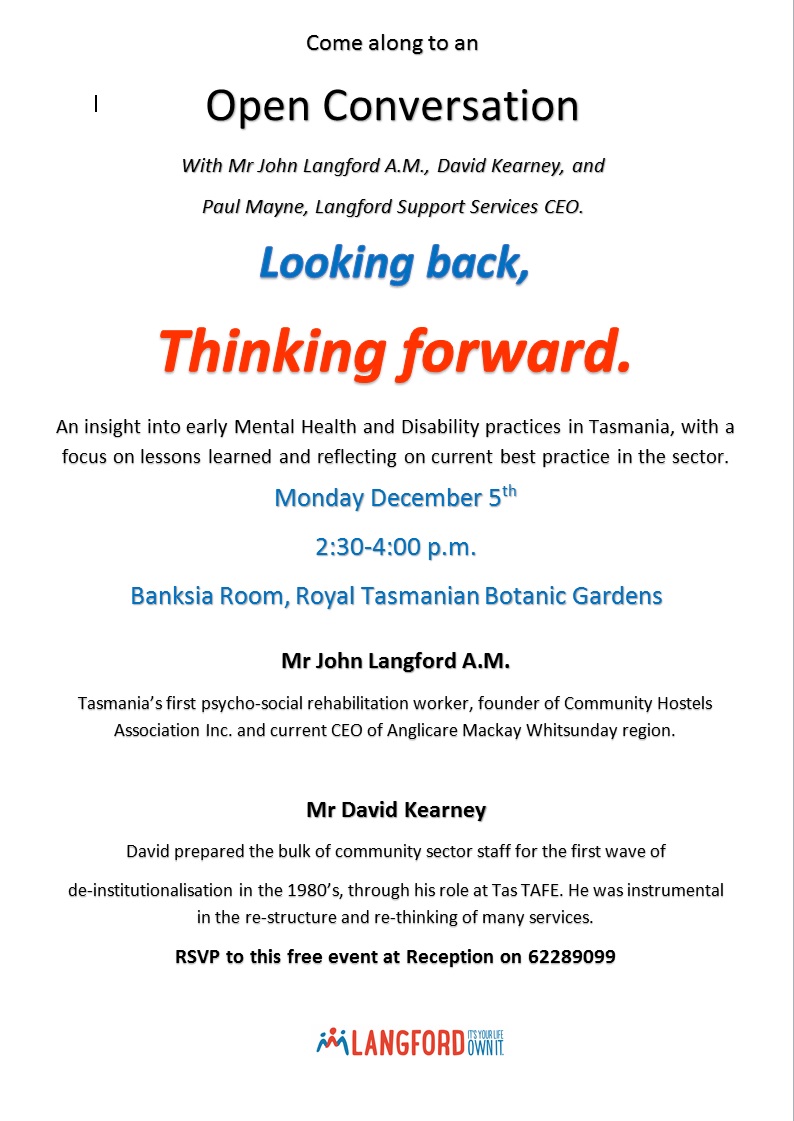
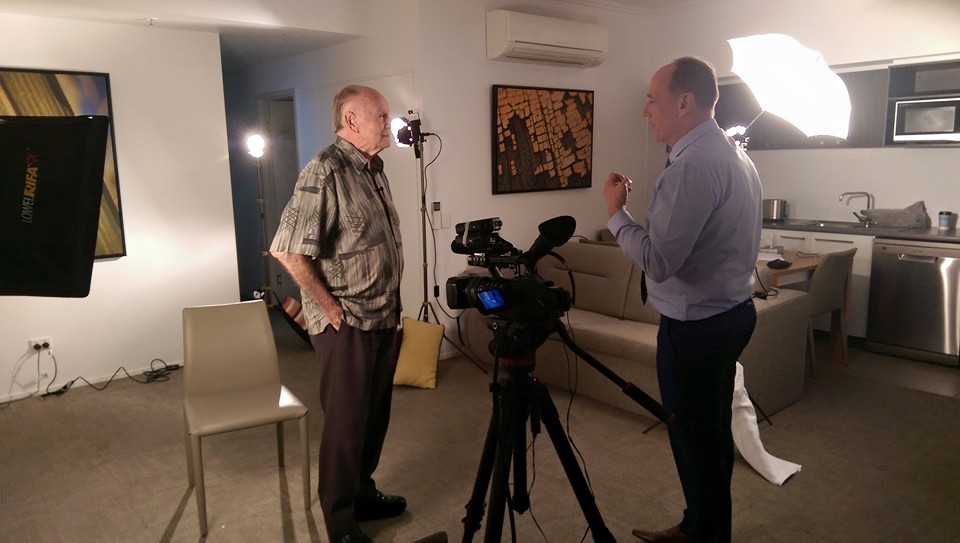
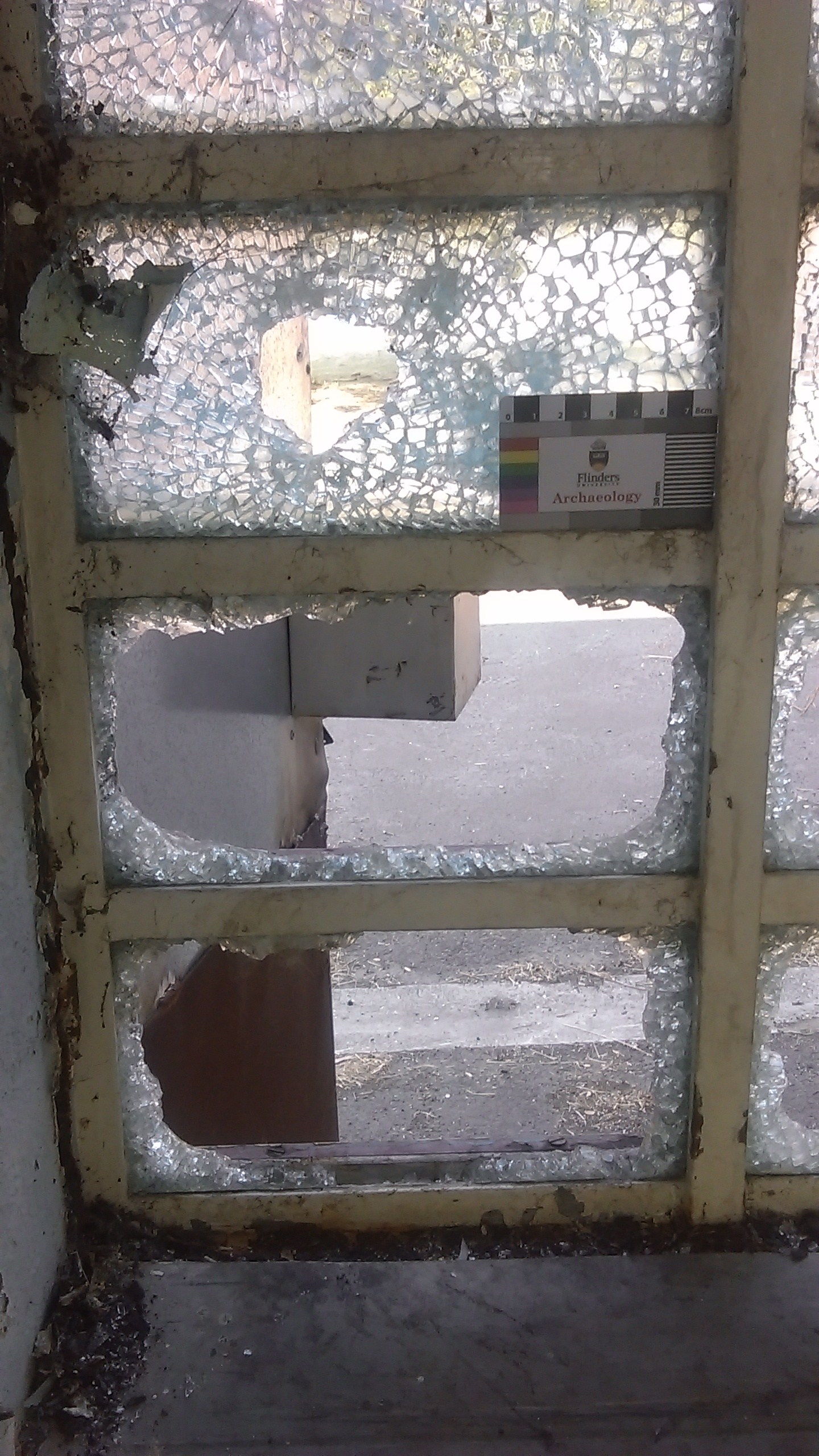 Students of Flinders University have been able to capture the continuing vandalism of Willow Court. While the Barracks and Bronte remain low risk and clear of the damage that previously plagued the site, the same can not be said of Carlton (C Ward), Industrial Therapies and Alonnah Wards (A Ward). Under the protection by the owner, the Derwent Valley Council these buildings remain subject to vandalism including the smashing of many of the one inch thick glass panels that distinguish the property as the old criminal division of Lachlan Park.
Students of Flinders University have been able to capture the continuing vandalism of Willow Court. While the Barracks and Bronte remain low risk and clear of the damage that previously plagued the site, the same can not be said of Carlton (C Ward), Industrial Therapies and Alonnah Wards (A Ward). Under the protection by the owner, the Derwent Valley Council these buildings remain subject to vandalism including the smashing of many of the one inch thick glass panels that distinguish the property as the old criminal division of Lachlan Park.